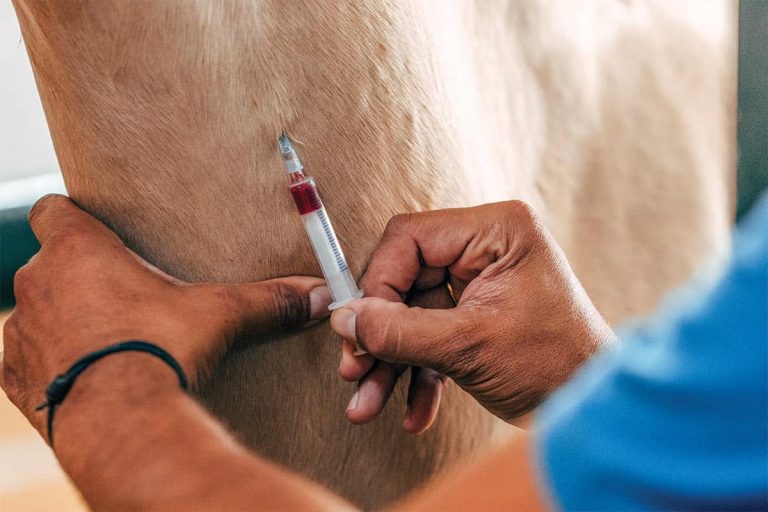The Young Horse Upper Airway
It has become commonplace for an upper respiratory tract (URT) endoscopy to be performed at pre- and post-sale examinations of young horses–especially at Thoroughbred sales. To address what is normal and what is abnormal, Rolf M. Embertson, DVM















